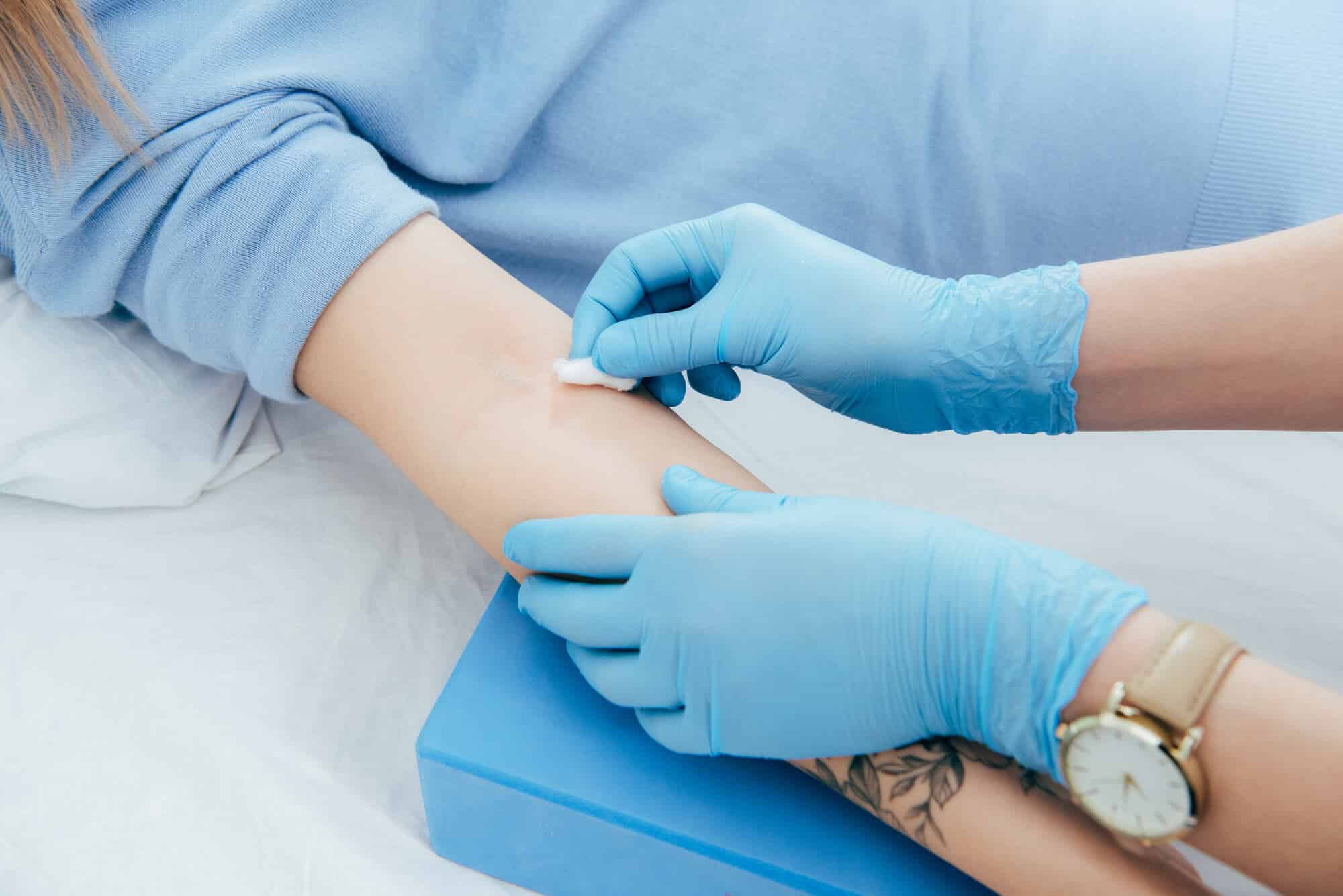You might not have heard of the term phlebotomist before in your life, but there are a lot of chances that you might have visited one more than once in your life. Well, to make it simple for you, a phlebotomist is a person who draws blood from your body. The person who draws blood from your body is papular as a phlebotomist. This word has been derived from the Greek language. In Greek, ‘phleb’ means veins, ‘tomia’ means cutting. In the past, phlebotomists were taught and trained for the art of bloodletting. Leeches were also used in the past for this purpose. But today, things have changed and have become much more advanced.
What does a modern phlebotomist do?

Today phlebotomists are simply doing the job of taking samples of blood for testing. These blood samples are drawn to check if something is wrong with the patient or a disease in a body that cannot teste otherwise. You must also know that these blood samples can also use for the sole purpose of research. A phlebotomist can also collect blood from a potential donor who wants to help people who need transfusions.
Generally, blood draw from veins, but phlebotomists should also know who to collect samples from capillaries. Capillary sampling done when a small number of blood needs from the finger, ear lobe, or even the feet to heal.
Today phlebotomists also have to learn how to handle other specimens, including urine, stool, hair, and pus!
Do phlebotomists have a regular job?
You must know that phlebotomists do not only have a regular job; in fact, they play an important role in the administration and management of transfusions, donations, and sampling. On a given day, a trained phlebotomist would have to do the following jobs in a hospital/clinic:
Also read: what is mass market paperback
- Prepare patients for blood sampling.
- Verify the identities of patients and labeling of vials.
- Explain the process of transfusion or blood draws to patients.
- Guide nervous patients through the process.
- Assist patients who go through adverse reactions because of transfusion.
- Follow the directions of their supervisors and physicians.
- Gather, invent, and maintain the blood draw supplies and instruments!
What education do you need to become a phlebotomist?
Many people ask us about the education they need to pursue a career as a phlebotomist. You must know that to learn phlebotomy. You have to get admission to an accredited college or vocational training center and get proper classes and hands-on training. A complete phlebotomy course would take around one year. To get a job as a phlebotomist, you also have to get professional certification.
Pros of being a phlebotomist!
Here are the common pros of starting a career as a phlebotomist:
- Extensive employment opportunity
- Amenable working hours
- Stable earnings
- Cultivate different personalities
Cons of being a phlebotomist!
There are also some cons of being a phlebotomist:
- Infection transmission risk
- Chances of patient injury
- Workplace burnout
- Sharp fatalities
- Worksite violence!
